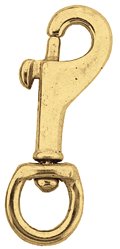From Day to Day
The North Atlantic is extremely changeable. The aspect that most governs where and when you will ( or even can ) dive is the wave height or the surf. If the surf is pounding on the shore, then it is a good bet the inlet will not be a good dive, let alone the beach. A big surf will even ruin conditions way up the river, say at the Railroad Bridge.
The wave heights on the open ocean will dictate your boat diving. In 1-3 foot seas, the boats can go just about anywhere, all the way out to even the farthest wrecks. In 3-5 foot seas, some boats will do that anyway, but don't count on it. Instead, a closer-in site will be your most likely destination, although perhaps as far as the Pinta or the Mohawk. In 5-6 foot seas you are going to the Delaware, and you'll wish you'd stayed home. Bigger waves than that, and you shouldn't even leave port, although some captains will try. While this may seem like admirable determination on their part ( more like irresponsible greed in some cases! ) you're better off just not going.
So how can you tell if it's a nice flat day, or a sickening 5-foot chop and roll? You really can't, not without being out there. Elsewhere, I have placed links to the marine forecast for the area, but that tends to be less than usefully accurate, and sometimes grossly in error. The regular weather forecast is useless beyond a one or two-day projection, and that doesn't tell you much about the sea state.
Fortunately, there is some predictability in the conditions over the course of the day, from morning to night.


